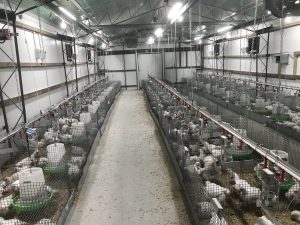Inverse Transformation Scale Experimental Power Graphing
Inverse Transformation Scale Experimental Power Graphing
Determining experimental power for planning purposes is, by its very nature, a risky business. Experiments are planned because we don’t know what the results will be! We hope that the means and variances of control and treated groups will be similar to previous experiments, but that can’t be assumed.
There is always the possibility that any imposed treatments will affect individuals differently, changing the variation between treatment groups. Sometimes the data is not “normally” distributed, e.g., frequency distributions do not resemble bell shaped curves.
To properly analyze non-normal data, some transformation is needed to make it appear normal. QQ Plots may be helpful to see if a given transformation will make the data more “normal” and improve the accuracy of probability estimates using analyses of variance.
Whenever non-normal data is transformed to make it normal for analyses of variance, the scales are changed and it becomes difficult to visualize how differences in the original data relate to differences in the transformed data. The example below is for Blood Uric Acid levels in chickens.
The QQ Plot R2 is improved from 0.91 to 0.99 by taking the log10 of the original data. When the log of the individual data (Minimum or Maximum for instance) is taken and 10 is raised to that power (the inverse transformation), the result is exactly the same as the starting value.
However, this is not true for the mean or other descriptive statistics. Not only are the mean and inverse transformed mean different, but the lower and upper 90 % confidence limits for the inverse transformed mean are no longer equally distant from the mean.

